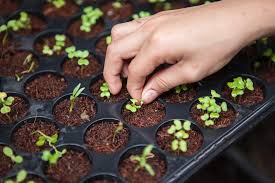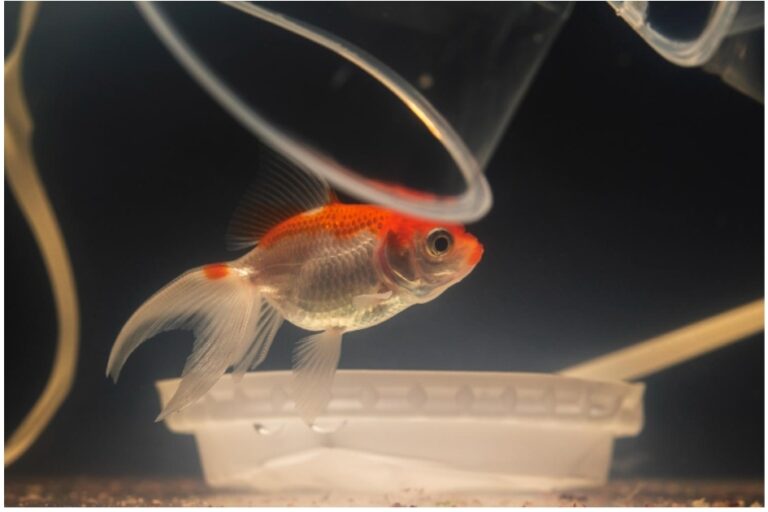Measuring Soil Moisture: Techniques, Technologies, and Applications
measue soil moisture is a critical component of modern agriculture, environmental monitoring, and water resource management. Understanding soil moisture levels is essential for optimizing irrigation, improving crop yields, and maintaining ecological balance. With the advent of advanced technologies, measuring soil moisture has become more accurate and accessible. This article explores the various methods and technologies used to measure soil moisture, their applications, and the benefits they offer.
The Importance of Soil Moisture Measurement
Soil moisture refers to the amount of water present in the soil, which is vital for plant growth and soil health. It affects various biological and physical processes, including seed germination, nutrient uptake, and microbial activity. Accurate soil moisture measurement helps in:
- Efficient Irrigation Management: By knowing the exact moisture levels, farmers can optimize irrigation schedules, ensuring crops receive the right amount of water without wastage.
- Crop Health and Yield: Adequate soil moisture is crucial for healthy crop development. Monitoring moisture levels helps in maintaining optimal growing conditions, leading to better yields.
- Water Conservation: Efficient water use in agriculture and landscaping can be achieved by avoiding over-irrigation, thus conserving water resources.
- Environmental Monitoring: Soil moisture data is essential for studying climate change, predicting droughts, and managing natural resources.
Traditional Methods of Measuring Soil Moisture
Before the advent of modern sensors, soil moisture was measured using traditional methods. Although these methods are less precise compared to modern techniques, they laid the foundation for understanding soil-water relationships.
- Gravimetric Method: This involves collecting soil samples, drying them in an oven, and weighing them before and after drying. The difference in weight gives the amount of moisture present in the soil. While accurate, this method is labor-intensive and time-consuming.
- Tensiometers: These devices measure soil water potential by using a porous ceramic cup connected to a vacuum gauge. As soil moisture decreases, the tension increases, which can be read on the gauge. Tensiometers are useful for certain soil types but have limitations in dry conditions.
- Electrical Resistance Blocks: These are porous blocks embedded with electrodes placed in the soil. The resistance to electrical current flow changes with soil moisture levels, providing an indirect measure of moisture content. However, the accuracy can be affected by soil salinity and temperature.
Modern Soil Moisture Measurement Technologies
Advancements in technology have led to the development of more precise, reliable, and user-friendly soil moisture measurement devices. These modern methods offer continuous monitoring and data logging capabilities, making them invaluable for agricultural and environmental applications.
- Capacitance Sensors: These sensors measure the dielectric constant of the soil, which changes with moisture content. They are inserted into the soil and provide real-time data. Capacitance sensors are popular due to their accuracy, ease of use, and ability to provide continuous monitoring.
- Time Domain Reflectometry (TDR): TDR sensors send an electromagnetic pulse along a probe inserted into the soil. The time it takes for the pulse to reflect back is measured, which correlates with soil moisture levels. TDR is highly accurate and can measure moisture at different soil depths.
- Frequency Domain Reflectometry (FDR): Similar to TDR, FDR measures the change in frequency of an electromagnetic signal caused by soil moisture. FDR sensors are effective for continuous monitoring and can be used in various soil types.
- Neutron Scattering: This method involves placing a neutron source in the soil. Fast neutrons emitted by the source are slowed down by hydrogen atoms in water molecules. The count of slow neutrons is proportional to the soil moisture content. Neutron scattering is highly accurate but requires specialized equipment and safety precautions.
- Soil Moisture Probes: These are portable devices with multiple sensors along their length, allowing for measurement at different soil depths. They are easy to use and provide quick, accurate readings, making them suitable for field use.
- Remote Sensing: Satellite and aerial imaging technologies use sensors to measure soil moisture over large areas. These methods provide valuable data for large-scale agricultural planning and environmental monitoring. Remote sensing can cover vast regions but may lack the granularity of in-situ measurements.
Applications of Soil Moisture Measurement
The accurate measurement of soil moisture has numerous applications across different sectors:
- Agriculture: Farmers use soil moisture data to optimize irrigation, enhance crop yields, and manage water resources efficiently. Precision agriculture relies heavily on accurate soil moisture measurements to make data-driven decisions.
- Horticulture and Landscaping: Gardeners and landscapers use soil moisture sensors to maintain healthy plants and lawns by providing the right amount of water, preventing overwatering and underwatering.
- Forestry: Soil moisture monitoring is crucial in managing forest health and preventing wildfires. It helps in understanding water availability and stress conditions in forests.
- Environmental Monitoring: Soil moisture data is used to study hydrological cycles, predict droughts, and manage natural resources. It is also vital in climate change research and modeling.
- Construction and Engineering: Soil moisture levels are critical in construction projects, especially in foundation engineering, road construction, and land development. Proper moisture management ensures the stability and longevity of structures.
- Water Resource Management: Accurate soil moisture measurements help in managing water resources, especially in regions prone to drought. They aid in developing sustainable water use practices and policies.
Benefits of Advanced Soil Moisture Sensors
The use of advanced soil moisture sensors offers numerous benefits:
- Accuracy and Reliability: Modern sensors provide precise and consistent data, allowing for better decision-making in agriculture and environmental management.
- Continuous Monitoring: Many sensors offer real-time data logging and remote monitoring capabilities, providing a constant stream of information that can be accessed from anywhere.
- Ease of Use: Advanced sensors are often user-friendly, requiring minimal setup and maintenance. They are designed for ease of use by farmers, researchers, and engineers alike.
- Cost-Effectiveness: While the initial investment in advanced sensors may be higher, the long-term benefits of optimized water use, improved crop yields, and resource conservation outweigh the costs.
- Sustainability: By enabling precise water management, soil moisture sensors contribute to sustainable agricultural practices and water conservation efforts.
Conclusion
Measuring soil moisture is a fundamental aspect of modern agriculture, environmental monitoring, and resource management. From traditional methods to advanced technologies, various tools are available to suit different needs and applications. The accurate measurement of soil moisture helps in optimizing irrigation, improving crop yields, conserving water, and understanding environmental processes. As technology continues to advance, soil moisture sensors will become even more precise, accessible, and integral to sustainable practices in agriculture and beyond.







